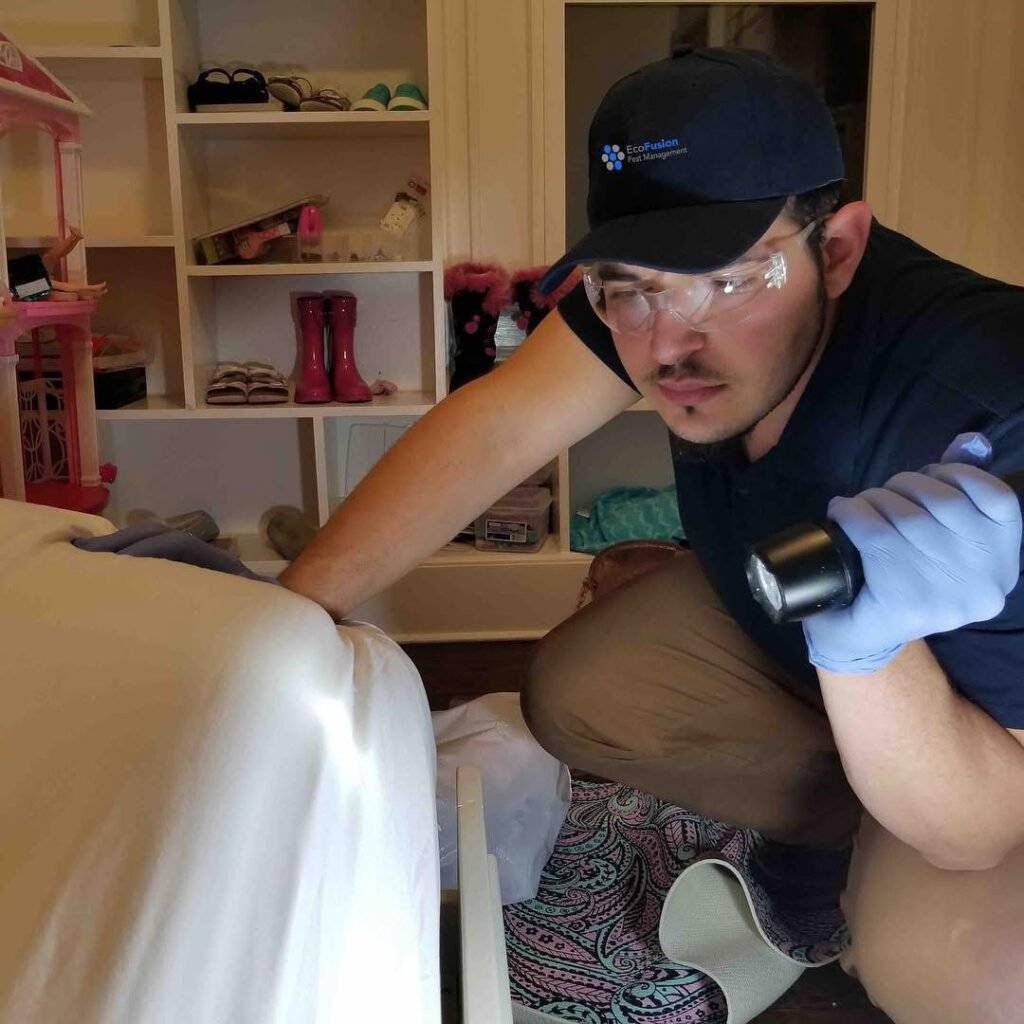Top 3 Pests To Invade Homes Anytime of Year
Throughout every season, from scorching summer heat to chilly winter nights, unwelcome pests can silently infiltrate our homes. These resilient invaders, ranging from cockroaches and rodents to all kinds of ants, pose serious challenges to maintaining a safe living environment.
Getting to know their instinctive habits and weaknesses is vital for implementing effective prevention and control measures. Beyond causing mere annoyance, these pests can trigger significant health risks by transmitting diseases and exacerbating allergies, while also inflicting costly property damage. By recognizing the signs of an infestation early and acting swiftly, homeowners can safeguard their spaces and ensure a healthier, pest-free home environment through employing safe pest control for homes.

1. Cockroaches: The Persistent Intruders
Identification and Characteristics
German cockroaches are tiny, brown pests with dark dorsal stripes, thriving in warm, humid environments. Oriental cockroaches, larger and dark reddish-brown, prefer cooler, damp areas. Their flattened bodies allow easy access to hidden crevices, while rapid reproduction and exceptional resilience enable them to persist in diverse indoor conditions.
Health Risks
- Salmonella Infections: Cockroaches can carry Salmonella, the prime cause of food poisoning.
- Typhoid Fever: They may transmit the bacteria that cause typhoid fever.
- Gastrointestinal Disorders: Including dysentery and other diarrhea-related illnesses.
- Allergic Reactions: Cockroach droppings and body parts can trigger allergic responses.
- Asthma Triggers: Their allergens are known to exacerbate asthma symptoms.
Prevention and Control Measures
Maintaining impeccable sanitation and eliminating food sources are important to keep roaches at bay. Sealing entry points and reducing moisture further deters these pests from entering. Utilizing baits and traps offers effective control, ensuring any remaining invaders are quickly captured and removed, preserving a healthier, pest-free home environment for success. Lastly, scheduling professional pest control can help mitigate future cockroach populations. Because of their strong survival skills, expert intervention is often required for complete extermination.
2. Rodents: Unwelcome Houseguests
Common Types: Rats and Mice
In New Jersey, Norway rats exhibit robust bodies, dark coats, and scavenging behavior, thriving near water and human settlements, often causing property damage and transmitting diseases. House mice are other common rodents known to be diminutive and agile with gray fur, large ears, and rapid reproduction.
Risks Posed by Rodent Infestations
- Leptospirosis: Usually spread through contact with rodent urine.
- Hantavirus: A potentially fatal viral disease transmitted through inhaling dust with rodent droppings.
- Structural Damage: Rodents frequently gnaw on wires and furniture, causing costly property damage and electrical hazards.
Effective Prevention Strategies
Implementing effective rodent prevention strategies is essential for a safe home. Begin by sealing all cracks, holes, and gaps to block rodent entry. Maintain cleanliness through proper food storage and waste management practices, eliminating attractants. Use traps strategically, and when necessary, consult professional pest control services for thorough eradication immediately.
3. Ants: The Tiny Invaders
Common Household Ant Species
In New Jersey, common household ants include carpenter, odorous, and pavement ants. Carpenter ants are large, dark, with red markings, nesting in decaying wood. Odorous ants are small, brownish, and emit a distinct coconut odor when crushed. Pavement ants are tiny, dark, and exclusively nest in cracks of sidewalks and foundations.
Problems Associated with Ant Infestations
- Contamination of Food Supplies: Ants infiltrate spaces where food is prepared and eaten, wasting food through the spread of bacteria.
- Structural Damage: Wood-nesting species, such as carpenter ants, can damage walls and foundations.
- Health Risks: They may trigger allergic reactions and spread harmful pathogens.
- Economic Impact: Infestations often require costly professional remediation.
- Attraction of Secondary Pests: Their presence can lead to further pest issues.
Prevention and Management Techniques
Effective ant prevention and management involve several key strategies. Maintaining cleanliness is crucial; wiping tabletop surfaces and floors to cleaning spills helps eliminate food trails that attract ants. Proper food storage in airtight containers further reduces accessibility. Sealing entry points by caulking cracks and crevices around windows, doors, and utility lines prevents ants from entering the home.
Additionally, applying ant baits near trails and entryways allows ants to carry the poison back to their colony, effectively reducing their population. Implementing these measures collectively aids in managing and preventing ant infestations.
Conclusion:
Maintaining vigilance against household pests like cockroaches, ants, rodents, and other common intruders like stinging insects is crucial year-round, as they can compromise health and property. Regular home maintenance, including sealing entry points and addressing moisture issues, coupled with cleanliness practices like proper food storage and waste management, significantly reduces infestation risks. At the first sign of pests, prompt action is vital to prevent escalation.
For comprehensive protection, enlisting professional family-friendly pest control services from EcoFusion Pest Control ensures a safe and healthy living environment through expert, environmentally conscious pest management solutions.
